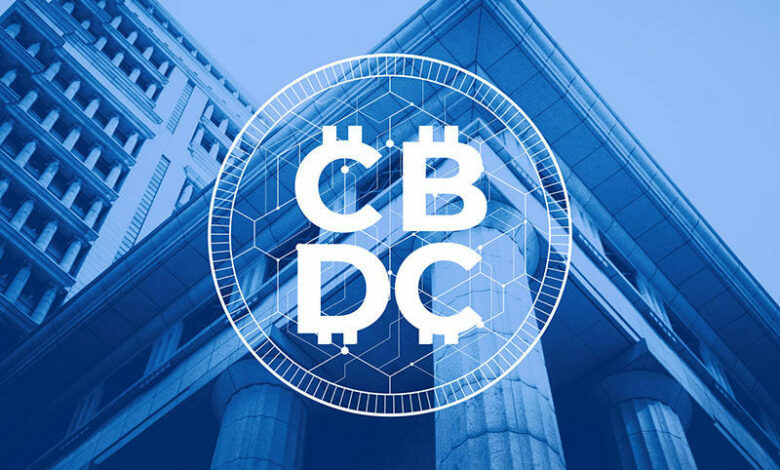What made central banks implement CBDCs?
These currencies are similar to cryptocurrencies but have differences that make them distinct

CBDCs, or Central Bank-Issued Digital Currencies, are electronic forms of sovereign currency issued by a central bank. Unlike physical cash which is printed and distributed, these digital funds appear as liabilities on the balance sheet of their respective government-backed institutions. They exist alongside traditional money rather than replacing it and can be exchanged at par with physical currency.
Regulated by a country’s monetary authority and usually implemented using an electronically managed database controlled by the central bank or government, CBDCs provide users with additional payment options while ensuring they abide by existing financial regulations. If you are into Bitcoin trading and looking for a safer transaction, you must visit the official trading website of the most recommended online trading platform.
About CBDC (Central Bank Digital Currency)
A CBDC (Central Bank Digital Currency) is a digital form of a country's traditional fiat currency, issued by its government or central bank. These currencies are similar to cryptocurrencies but have differences that make them distinct. Government’s view CBDCs as an opportunity to leverage blockchain technology to bring faster and more efficient national monetary systems for their citizens. With the potential of being processed quicker than conventional money due to real-time verification, tracking and processing of transactions through the digital network, there are many potential benefits associated with using this type of currency.
What are the types of CBDCs?
- Wholesale CBDC: Wholesale CBDCs tend to be much like keeping reserves within a central bank. The central bank gives an organization a place to deposit cash or even pay interbank payments. Central banks might therefore make use of financial policy methods, including reserve needs or maybe interest on reserve balances, to impact lending and interest rates. CBDCs generally are utilized to allow transactions between financial institutions as well as businesses which have accounts with central banks.
- Retail CBDC: CBDCs tend to be used to generate payments between people or between business owners in the same manner that banknotes are utilized. Public users could get CBDCs within deposited accounts as well as electronic tokens.
What is the difference between CBDC and Cryptocurrency?
- Cryptocurrencies are volatile assets, the value of which is determined by investor sentiment, usage and user interest. In contrast, Central Bank Digital Currencies (CBDCs) have been created to provide stability while ensuring safety, reflecting the same values as backed fiat currencies.
- Cryptocurrencies are created and governed by a consensus algorithm, as well as the participants in this process. Central Bank Digital Currencies (CBDCs) on the other hand, are issued by central banks and managed accordingly.
- Cryptocurrency is dependent on the system that stores and transfers them, while CBDCs are digital bearer instruments that can be held, transferred and transmitted by all types of digital payment services. Unlike cryptocurrency, digital fiat currency retains its validity regardless of what digital payment service it is stored and moved within.
Why is there a need for CBDCs?
The COVID-19 pandemic has pushed countries to experience a decrease in the circulation of physical currency, igniting people's interest in cashless societies and digital or virtual currencies. As an answer, central banks have borne the responsibility to create a safe alternative that is backed by governments: Central Bank Digital Currencies (CBDCs). These CBDCs mirror paper notes issued by banks but differ from cryptocurrencies due to their unique identity given per unit. Additionally, they serve as a convenient form of payment for users around the world.
What are the advantages of CBDCs?
- Financial Inclusion: The addition of CBDC accounts in a central bank can encourage financial inclusion since it will permit legal residents or any citizen of the nation to use the country's economic system without having to develop a conventional bank account.
- Fewer Transactions Fees: Implementing a Central Bank Digital Currency (CBDC) may mean that no transaction fees are imposed, as seen with the majority of CBDCs released to date.




